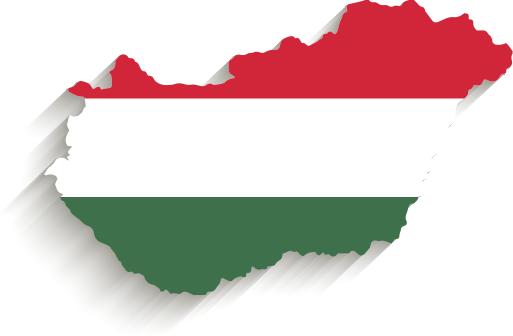(Grant Agreement n. 669194)
As the Ministry of Foreign Trade was responsible for formulating theoretical and conceptual international trade issues, foreign trade enterprises focused exclusively on practical issues, and therefore faced the protectionism of the European Economic Community (EEC) on a daily basis. The ministry regularly informed enterprises about the latest news concerning their sectoral developments – for example, in 1977/78 the Metalimpex foreign trade enterprise company received copies of several memos from the Hungarian Embassy in Brussels on its talks with EEC Commission representatives about EEC restrictive measures. Occasionally, enterprises were requested to provide the ministry with deeper analytic reports. For example, in August 1984, Terimpex reported on a dramatic fall in cattle and beef exports between 1973 and 1983 due to the EEC regulations. In certain cases, enterprises requested ministerial/state-level measures to handle the EEC’s temporary protective actions. For instance, in September 1984 Hungarofruct had to suddenly stop exporting plums to West Germany and other member states because the EEC charged a levy on this kind of fruit after a Hungarian shipment exceeded the quantitative limits.
A possible forum where new ideas and policy proposals might have emerged was the Hungarian Chamber of Commerce, of which foreign trade enterprises with monopoly profiles became members in 1949. The 1968 New Economic Mechanism offered greater autonomy to enterprises, and production firms could join the Chamber too from that year. This measure increased the economic weight of the Chamber, since its 400 members produced 80% of all the Hungarian goods exported. However, by 1974 foreign trade enterprises represented only 10% of the Chamber’s membership. Government Decree no. 61/1967 declared that the Chamber incorporated all foreign trade activities as a business federation, including all state and other economic organisations. Therefore, from the early 1970s onwards, the Chamber became more and more actively involved in government decision-making processes. It was able to express its opinion on different commercial issues and to review ministerial proposals. However, the Annual Assembly and the Presidium of the Chamber rarely dealt with European integration or EEC issues. Perhaps the only case in which the agenda of the Chamber Presidium included such a topic was when in February 1978 Deputy Minister of Foreign Trade Béla Szalai informed the Presidium on the latest developments in the negotiations between the EEC and the Council for Mutual Economic Assistance (CMEA). The body did not make serious comments on this briefing. The Chamber also represented its member organisations to other foreigner chambers and participated in international fairs. Its President, Ödön Kallós, for fifteen years co-chaired the East-West Committee of the International Chamber of Commerce.
Although somewhat passive at the theoretical level, Hungarian enterprises were instead active in promoting East-West contacts during the 1970s. Joint ventures had a ground-breaking role in East-West business transactions. On the one hand they opened a legal option to invest in a socialist country, and on the other they contributed to Eastern export expansion into the EEC market. Hungarian participation in Western joint ventures was not so impressive, even though the small and medium-sized companies involved had a crucial role in facilitating market access, circumventing EEC regulations, acquiring up-to-date technologies and sometimes smuggling embargoed products, parts or technologies. By 1970, forty companies with Hungarian shareholding were operating in Western Europe, and their supervisory authority, the Hungarian Foreign Trade Bank, called for easier rules to establish companies. In 1972, a decree from the Ministry of Finance enabled foreign owners to buy a share in newly established Hungarian companies and provided new possibilities for Hungarian enterprises to set up joint ventures abroad. In the following years, Hungarian foreign trade enterprises established dozens of limited liability companies (LLCs) and various agent firms and offshore companies. This provided an opportunity for state-owned foreign trade enterprises to outsource their most profitable business to (e.g.) Viennese or Vaduz joint ventures, and in a few cases part of the profit was transferred to bank accounts in places such as Switzerland and Lichtenstein. Although the Hungarian authorities knew of these manoeuvrings since the early 1970s, they did not halt the illegal activities because joint ventures had a prominent role in technology transfer and in co-financing national intelligence. It is notable that an indefinable part of the commercial elite was deeply involved in illegal or unfair business practices. These people had strong (personal and financial) motivations to maintain or to expand business relations with the West.
* This text summarises some of the research findings of PanEur1970s team member Pàl Germuska, which are published as a chapter in PanEur1970s’ academic edited book. For a link to the e-book, please see Hungary’s “Overview” webpage of this map.
